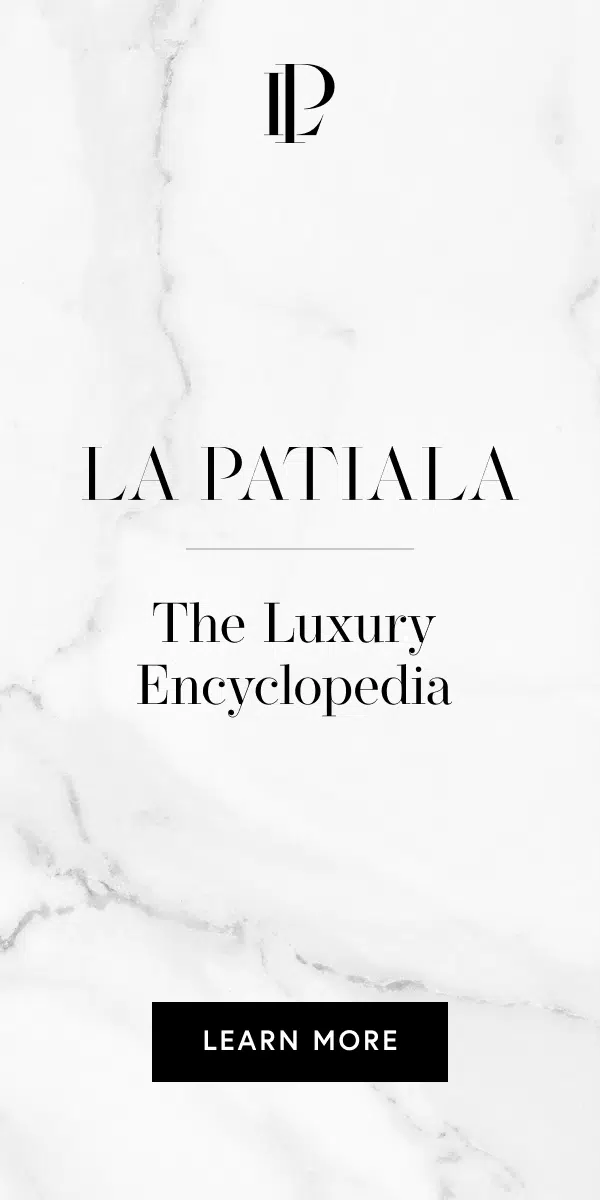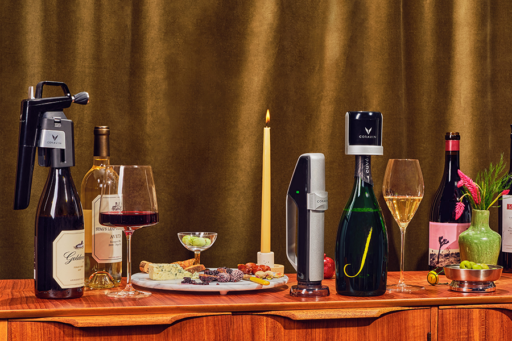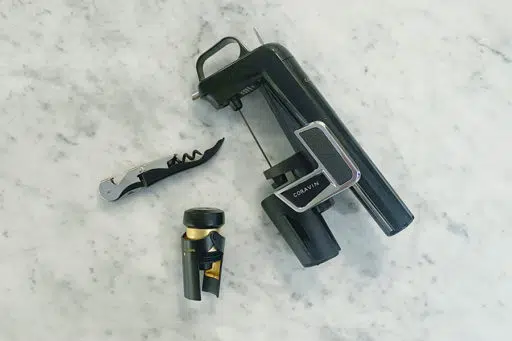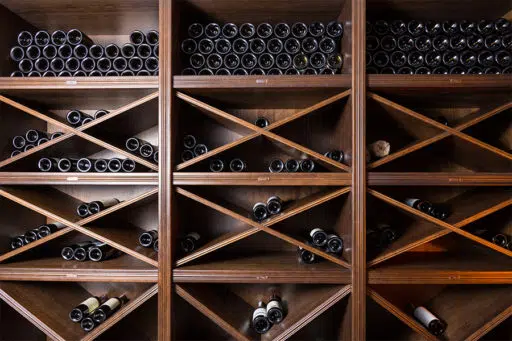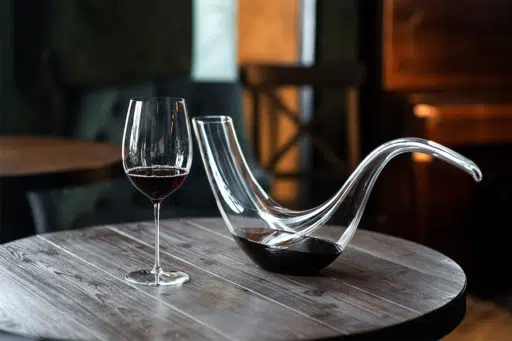What Are Vertical and Horizontal Wine Tastings?
Vertical and horizontal tastings offer different ways to learn more about wineries, vintages, and varieties.
The best way to develop your palate and understand wine is through tasting different wines side-by-side. Of course, tasting similar wines will help you understand the different nuances. It’s not helpful to compare Cabernet Sauvignon and Chardonnay — they’re completely different. If you’re just beginning your wine journey, trying completely different wines, like Pinot Noir and Cabernet Sauvignon, can help you understand the style you like. Once you know what you enjoy drinking and are ready to dive into the grape variety and style, it’s time to try vertical and horizontal wine tastings.
What Are Vertical and Horizontal Wine Tastings?
What is a Vertical Tasting?
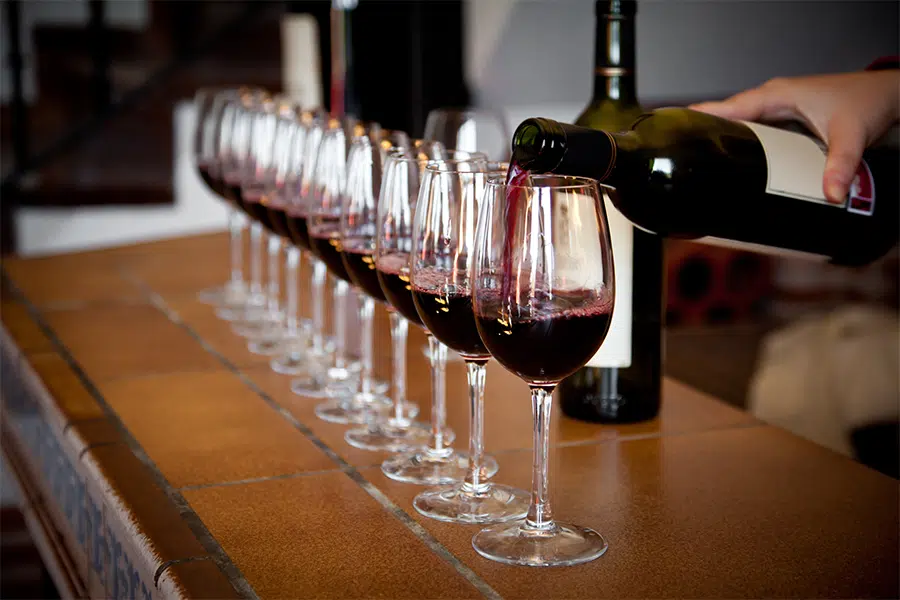
A vertical tasting is tasting different vintages of a single wine from the same winery. Tasting different vintages allows you to see how a wine develops over time. For example, if you try a wine from 2010, 2015, and 2018, you’ll see how the wine tastes when it’s young and newly released as well as after it’s aged for a while. For many people, this is a great incentive to age (or not) age their wines. If you love how it tastes after 10 years, you’ll be more inclined to cellar it instead of drinking it right away. Some vertical tastings at top wineries can span decades and are truly special experiences.
Vertical wine tastings also enable you to see how different vintages — mainly weather — affect the wine, or how a winery’s practices have changed over time. They might have invested in new equipment, changed their use of oak barrels, or changed the blending ratios.
What is a Horizontal Tasting?
Horizontal tastings include wines from the grape variety and vintage across different producers. This enables you to see how different terroirs and winemaking practices influence the same grape variety in the same weather. You can do a narrow or wide horizontal tasting. For example, trying several Cabernet Sauvignons from Napa Valley from the same year, or you could try Chardonnays from around the world from the same year.
How to Set Up a Vertical Tasting at Home
Setting up a tasting at home is very easy. For a vertical tasting, pick 3-4 vintages of the same wine from one producer. Ask the winery if they have technical sheets available. Technical sheets include important information about the wine such as the weather conditions that year, harvest date, percentage of grape varieties in the blend, use of oak, winemaking techniques, and length of maturation. You can open all of the bottles if there are enough people tasting with you. If not, use your Coravin so you can enjoy the wines at a later date. Taste them in vintage order, from the oldest to the youngest wine. Young wines can be more powerful than older wines, so you don’t want to taste them first. You’ll be able to see how the wines have changed over time.
How to Set Up a Horizontal Tasting at Home
Horizontal tastings are even easier. Simply buy 3-5 wines of the same grape variety from the same vintage. If possible, try to buy 3-5 wines from the same grape variety or vintage from the same producer. Try to get the technical sheets for these wines, too. I love to do horizontal tastings — it’s really the best way to understand a grape variety and how different climates and winemaking practices can influence grapes. One of my favorite horizontal tastings to do is Chardonnay. Chardonnay gets a bad reputation in the US due to winemakers who use very heavy oak. But, there are restrained and elegant Chardonnays all around the world, even in the US. It’s a wonderful way to find new wines to try.
Classic Horizontal Tastings to Try
You can begin by comparing the same grape variety from different regions around the world.
- Cabernet Sauvignon and Merlot blends — Bordeaux (Right and Left Bank), Napa Valley, Super Tuscan, Australia
- Chardonnay — Burgundy, Sonoma, Australia, Casablanca Valley
- Sauvignon Blanc — Sancerre, Pouilly-Fumé, New Zealand, Pessac-Léognan, South Africa
- Pinot Noir — Burgundy, Willamette Valley, Sonoma, Baden, Casablanca Valley, New Zealand
- Syrah — Northern Rhône, Australia, Napa Valley
- Grenache — Châteauneuf-du-Pape, McClaren Vale, Spain
If you find a favorite region, do a horizontal tasting within that region to find your favorite producers. This could be trying different Pinot Noirs from the Willamette Valley or honing in on your favorite Northern Rhône Syrah.
Tasting similar styles of wines aren’t technically horizontal tastings, but they’re a fun way to compare grape varieties and styles to find what you like.
- High-acid, non-aromatic white wines — Chardonnay, Assyrtiko, Muscadet, Grüner Veltliner
- Aromatic white wines — Riesling (France and Germany), Sauvignon Blanc, Viognier, Albariño, Muscat, Torrontes
- Sparkling wine — Cava, Prosecco, Sparkling Wine, Champagne
- Rosé — Rhône Valley, Provence, California, Spain
- Sweet wine — Sauternes, Tokaji, Napa Valley
- Robust red wine — Bordeaux, Rhône Valley, Australian Shiraz, Napa Valley Cabernet Sauvignon, Chianti, Malbec

